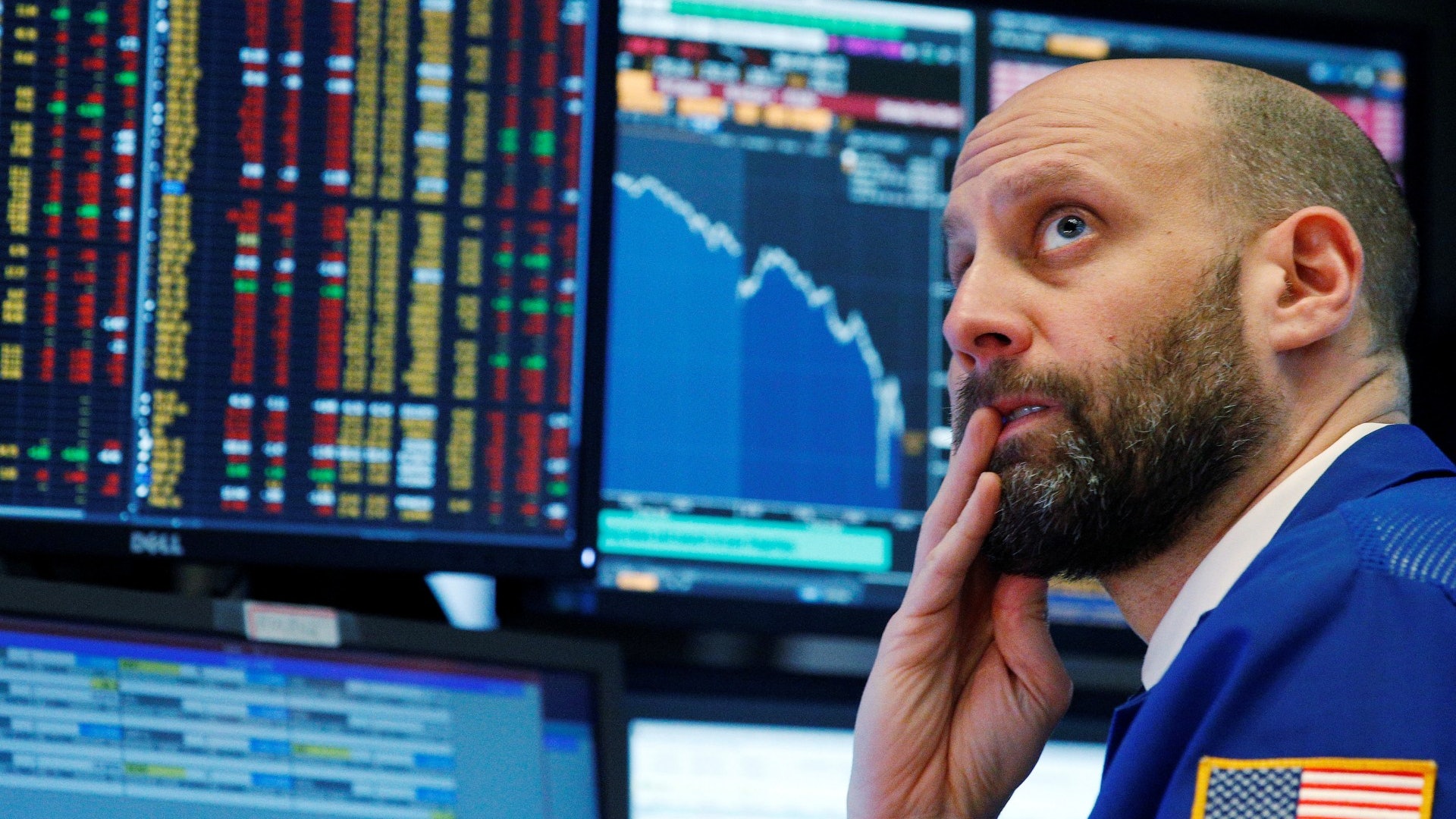The interest rate of US Treasury bonds was upside down. The 2-year bond yield was once higher than the 10-year bond yield, the first time in 12 years. The market worried that the economy was in recession and the Dow fell 800 points.
What is the interest rate of national debt? Why are the markets so worried about the interest rate upside down?
Borrowing money, the longer the period of general borrowing is higher, and the inflation factor, so long-term borrowing or lending, the interest rate will be higher. However, when the market generally lacks confidence in the economic prospects and prefers to buy long-term government bonds to hedge against risks, there will be long-term debt ratios even lower than short-term debts.
“Police” to recession generally takes more than a year
Because US Treasury bonds are the world’s largest, most widely-flowed, and best-recognized bonds, the interest rates of US Treasury bonds can often reflect global capital trends and market forecasts for the future US economy. The US Treasury bond interest rate upside down has been seen by many as a major warning sign of the US economic recession.
According to statistics from CCB Asia, the United States has experienced a five-year bond yield and a two-year bond yield curve upside down five times. After that, the US economy has experienced different degrees of recession. However, it is worth noting that the interest rate upside down is a warning sign. It usually takes 12 to 18 months for the recession to occur, and it takes an average of 10 months from the beginning of the upside down to the stock market.
“Predictive power” may have declined
Although the interest rate curve is upside down, the “hit rate” used to predict the economic recession is very high. However, some people think that as the economic environment changes, the correlation between the two has decreased. It is no longer an accurate “alarm” to question the interest rate curve. .
Yellen, the former chairman of the US Federal Reserve, once said that from the past experience, there is a strong correlation between the interest rate curve and the recession, but the correlation is not causal, and with the current low inflation risk, investors are holding The term premium for long-term bond demand has also decreased, which has flattened the interest rate curve, and the interest rate curve may not necessarily accompany the economic recession.











